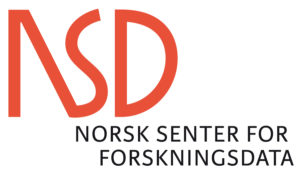Abstract:
The aim of the article was to examine the usefulness of typologies of cultures (Hofstede, Trompenaars and Hampden-Turner, Hall, Gesteland and House) for the analysis of the international business environment. Particular attention was paid to the areas of their use and the limitations arising from the methodology adopted by the creators of the typologies, the scope of the research carried out, and the changes taking place in individual societies. The study was based on a literature review of the presented typologies of national cultures. The author uses the method of critical analysis and synthesis of the views of the typology creators and logical inference.
This article examines the typologies of national cultures most commonly used to analyze the cultural environment. Each of them constitutes a source of valuable information on socio-cultural conditions, helping to prepare business activities in specific markets. However, it should be noted that the use of the typologies presented is subject to certain limitations, resulting from the purpose and scope of the research conducted by their authors and the time in which it was conducted. Thus, among other things, they do not take into account, or only to a small extent, many aspects related to the globalization process and the development of the knowledge-based economy, the development of the concept of partnership marketing as well as ongoing social changes. While the typologies may be applicable in the case of exports or cooperation activities, it is necessary to go beyond the presented classifications of cultures for more advanced international activities (direct investments). These limitations should not, however, result in the rejection of the typologies of national cultures, but in their use with some caution as a complement to the process of studying the cultural environment.





